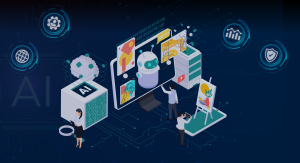The rise of AI-powered tools has made it easier than ever to create high-quality images in seconds. However, a major question remains: can you use AI-generated images for public media? As AI-generated visuals become more common in journalism, advertising, and digital content, understanding copyright laws, licensing restrictions, and ethical considerations is crucial. This article explores whether AI-generated images are legally and ethically suitable for public use and how platforms like Dall-E Generate can help ensure compliance.
The Rise of AI-Generated Images in Public Media
AI’s Role in Image Creation
AI image generators have transformed digital media by providing instant, high-quality visuals without the need for professional photography or graphic design. With platforms like Dall-E Generate, users can generate custom images based on text descriptions, making content creation faster and more accessible.
However, while these AI tools are powerful, using their outputs in public media raises questions about ownership and ethical use. Can you use AI-generated images for public media without violating copyright laws? The answer depends on several factors, including the platform used, licensing terms, and intended purpose.
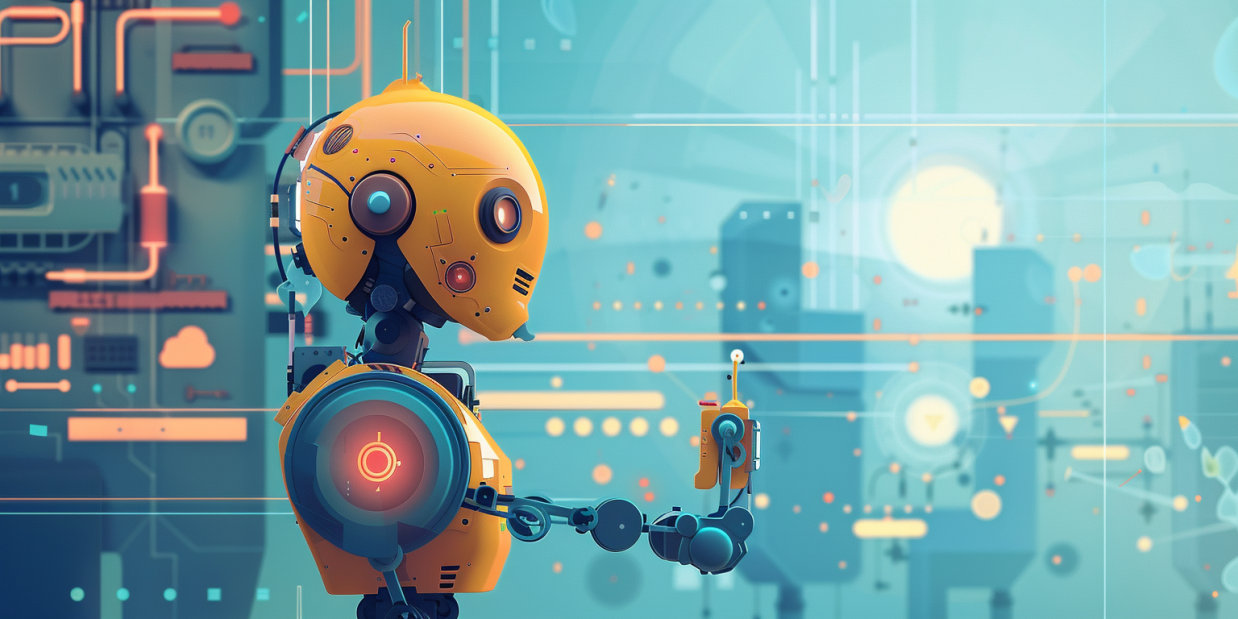
Common Uses of AI Images in Public Media
AI-generated images are widely used in various public-facing content, including:
- News articles and online publications
- Social media marketing and advertising
- Presentations and educational materials
- Website graphics and blog posts
Despite their widespread use, many publishers and content creators are uncertain about the legal implications of using Ai That Creates Images visuals in public domains.
Discover more:
- How To Ai Animate A Picture
- Ai Write A Childrens Book With Ai Pictures
- Ai Image Generator To Create A Webtoon Story
Legal Considerations for AI-Generated Images
Copyright Ownership and AI Creations
One of the biggest challenges with AI-generated images is copyright ownership. Since AI tools generate images without direct human artistry, there is an ongoing debate about who holds the rights to these visuals.
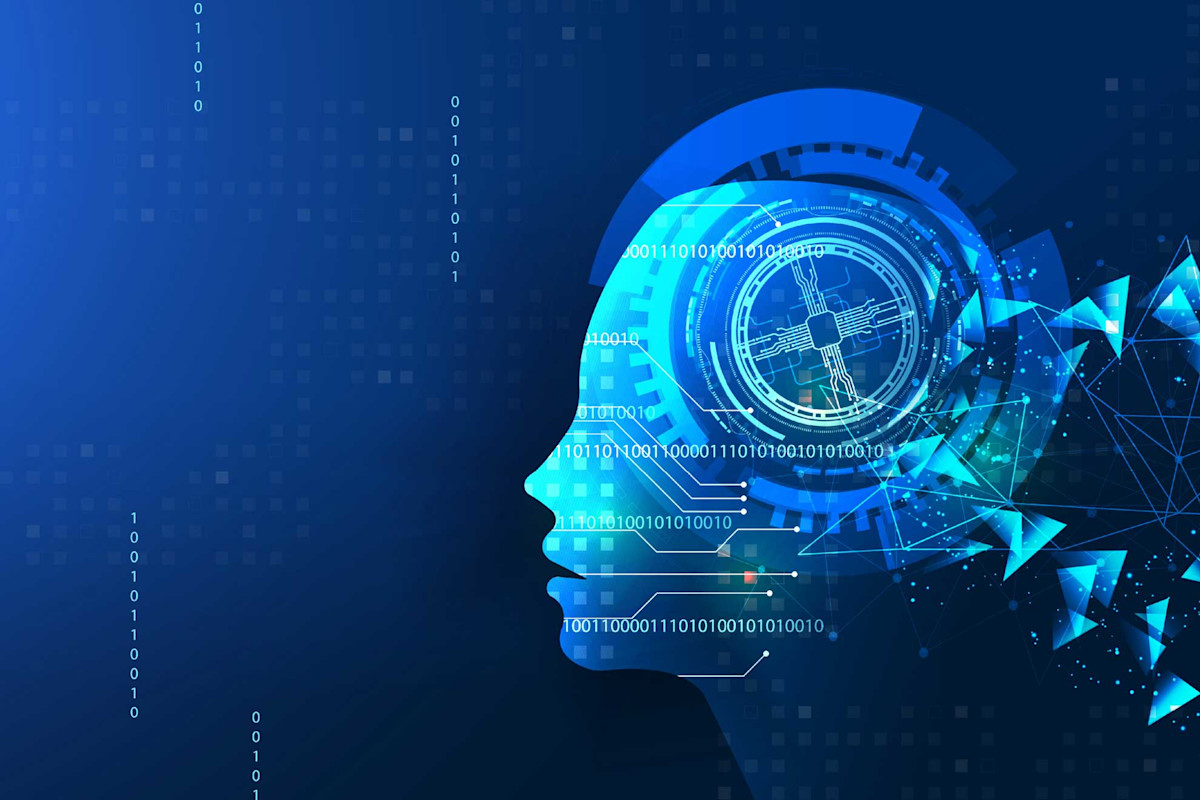
- AI-Generated Content May Not Be Copyrightable – In many jurisdictions, copyright laws require human authorship. Since AI lacks independent creativity, courts and legal experts argue that AI-generated images may not be eligible for copyright protection.
- Some AI Tools Grant Commercial Usage Rights – Platforms like Dall-E Generate provide usage rights, but it’s essential to review their licensing agreements to understand any restrictions on public media usage.
- Public Domain and Creative Commons Licenses – Some AI-generated images are released under public domain or Creative Commons licenses, allowing free use with or without attribution.
Understanding these copyright complexities is key when determining can you use AI-generated images for public media without facing legal issues.
You may also like:
- What Ai Does Not Have Any Restrictions On Image Generation
- Is There An Ai That Will Search For Images
- How To Remove Ai From Image Serching
AI Image Licensing: What You Need to Know
AI-generated images often fall under specific licensing agreements set by the tool’s provider. These licenses determine whether the images can be used in commercial projects, modified, or resold.
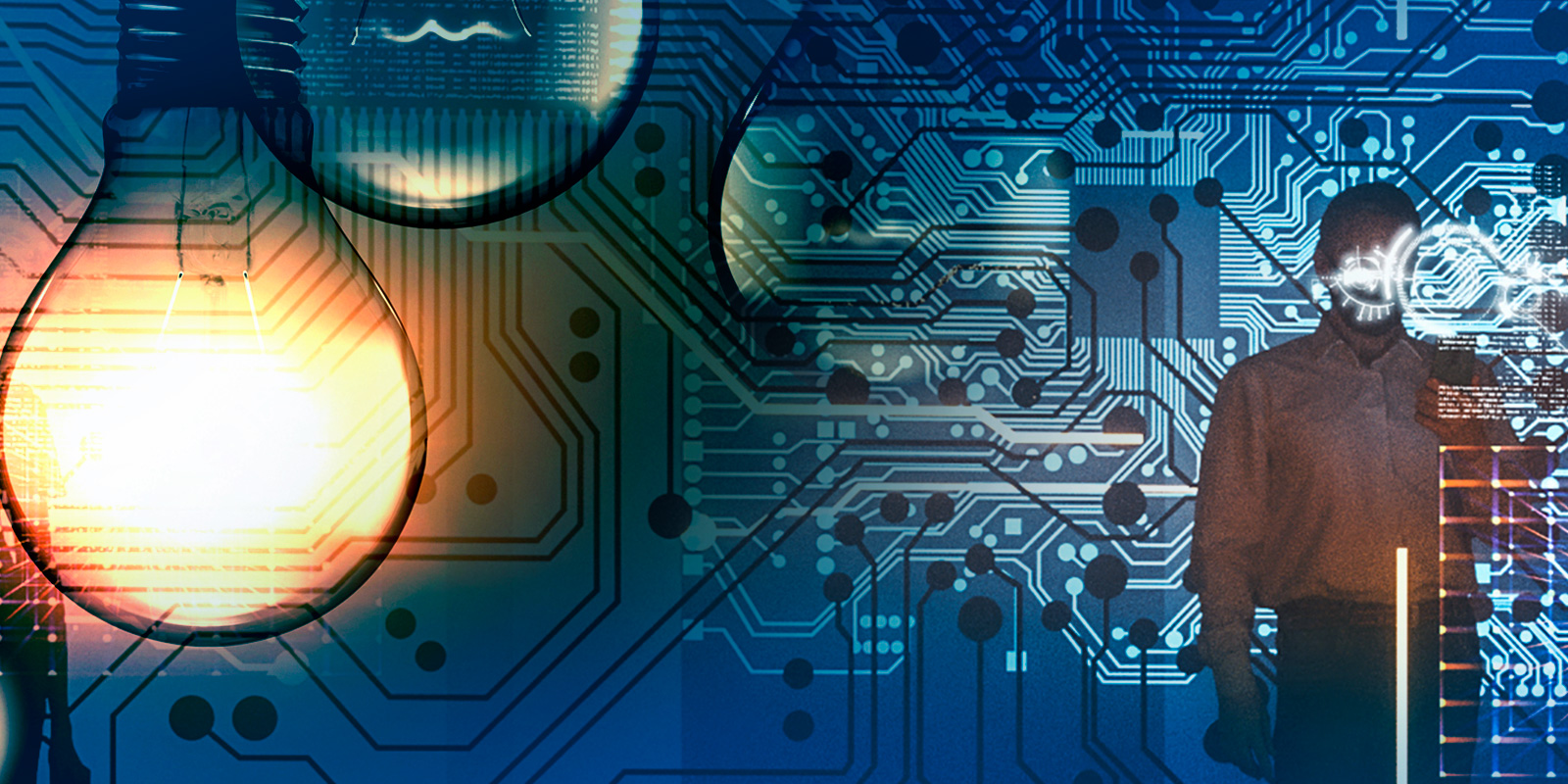
Common AI image licensing types include:
- Royalty-Free – Users can use the image freely for public and commercial purposes without paying ongoing fees.
- Non-Commercial Use – Images may only be used for personal projects, not in advertising or profit-driven media.
- Exclusive Licensing – Some AI platforms offer exclusive rights, ensuring that no one else can use the same generated image.
Checking the licensing terms of an AI tool is essential to avoid copyright violations when publishing AI-generated visuals in public media.
Ethical Considerations for AI-Generated Images
Misinformation and AI Manipulation
One ethical concern regarding can you use AI-generated images for public media is the potential for spreading misinformation. AI can create highly realistic but entirely fabricated images, raising concerns about digital deception.
Learn more here:
- Ai Image Generator With No Restrictions
- Ai Image Generator How To Get Night Shots
- Ai Image Generator Can’T Make It Night
- What Are The Benefits Of Text To Ai Images

- Deepfake Risks – AI-generated images can be used to create misleading visuals, which may affect public trust in media.
- Transparency in AI Usage – Ethical publishers should disclose when AI-generated images are used to maintain credibility.
- Editorial Standards for AI-Generated Content – News agencies and publishers should establish guidelines to ensure AI-generated visuals are used responsibly.
Bias in AI Image Generation
AI models are trained on vast datasets, which can sometimes introduce biases in image outputs. This can lead to problematic representations in public media.

To ensure ethical usage:
- Verify AI-Generated Images for Fair Representation – Avoid reinforcing stereotypes in media content.
- Use AI Responsibly in Sensitive Topics – AI should not be used to create misleading imagery in political, social, or cultural discussions.
By considering these ethical concerns, media professionals can determine when and how can you use AI-generated images for public media responsibly.
Best Practices for Using AI-Generated Images in Public Media
Choose AI Tools with Clear Licensing Policies
To avoid legal issues, content creators should select AI image generators that provide transparent licensing policies. Dall-E Generate is a reliable option that offers clear guidelines for media usage.
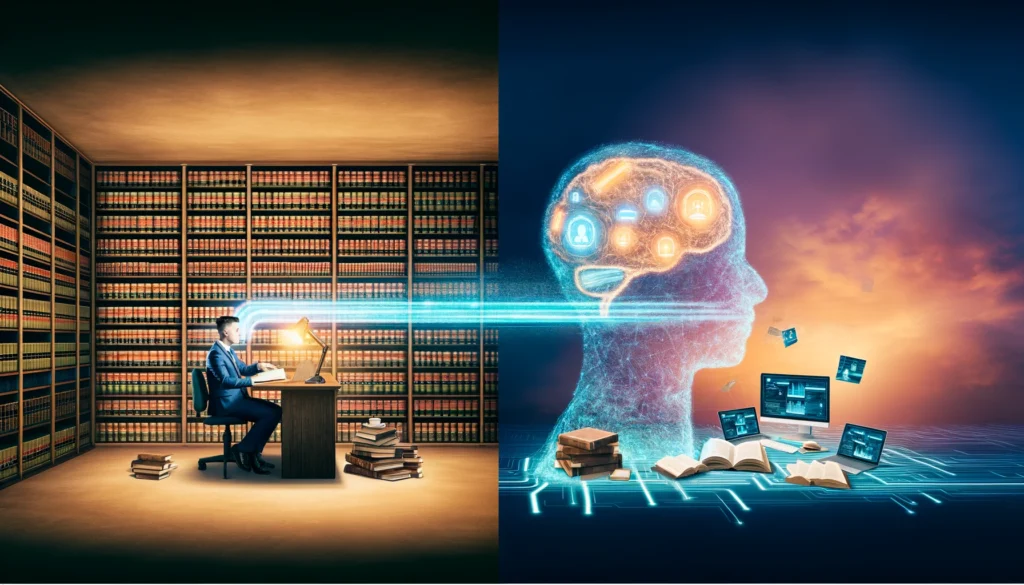
Credit AI Image Sources When Required
Even if AI images are legally available for public use, some platforms require attribution. Checking the licensing terms and giving proper credit when necessary ensures compliance with best practices.
Avoid AI-Generated Images for Controversial Topics
For sensitive or news-related content, it’s advisable to use authentic images or verify AI-generated visuals before publication. This helps maintain trust and credibility in public media.

Use AI as a Supplement, Not a Replacement
AI-generated images should complement original content rather than replace human creativity entirely. Combining AI visuals with professionally created media enhances originality and quality.
Future of AI-Generated Images in Public Media
Stricter Copyright Regulations
As AI-generated content becomes more prevalent, governments may introduce stricter copyright regulations. This could impact how AI-generated images are used in public media, requiring clearer licensing terms and legal protections.
AI Detection Tools for Media Verification
To combat misinformation, media platforms may implement AI detection tools that verify whether an image was AI-generated. This could help distinguish between authentic photos and AI-generated visuals.
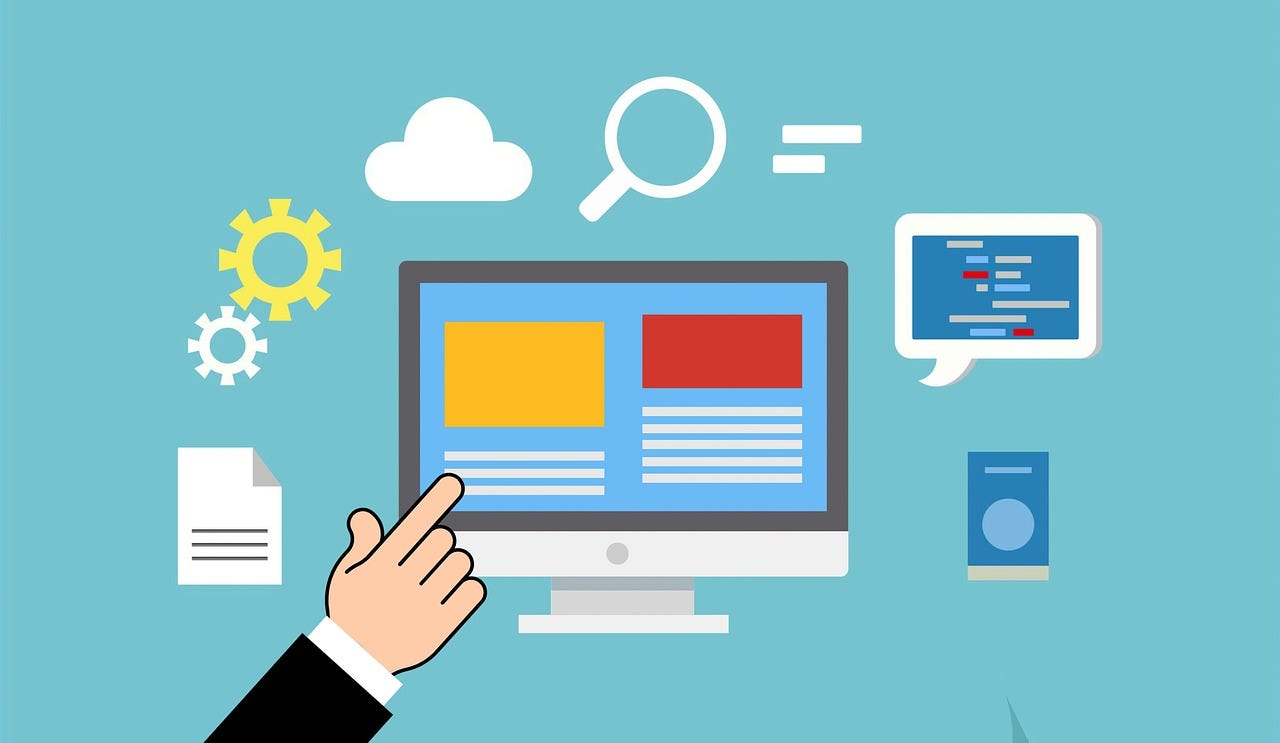
AI’s Evolving Role in Public Content
Despite challenges, AI will continue to play a significant role in media creation. With proper guidelines, AI-generated images can be a valuable asset for journalists, marketers, and content creators.
Conclusion
So, can you use AI-generated images for public media? The answer depends on copyright laws, licensing agreements, and ethical considerations. AI-generated visuals are widely used in digital media, but users must be mindful of ownership rights and potential ethical concerns.
By choosing reputable platforms like Dall E Ai Generator, verifying licensing terms, and adhering to ethical standards, content creators can safely and legally integrate AI-generated images into public media. As technology advances, staying informed about AI regulations will be essential for responsible media usage.
